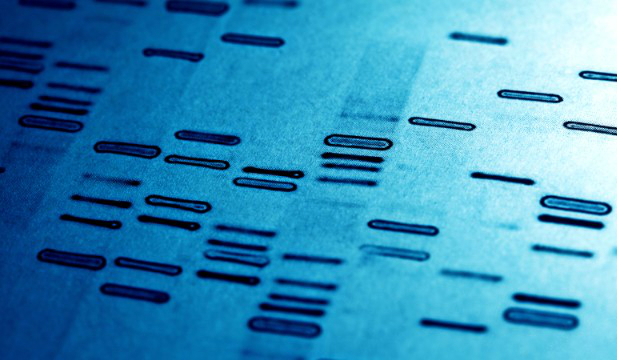Genetics plays more of a role in the development of autism than environmental causes, according to new research published Sunday in Nature Genetics.
The study found that 52% of autism risk comes from common genes, while only 2.6% are attributed to spontaneous mutations caused by, among other things, environmental factors.
“These genetic variations are common enough that most people are likely to have some,” said Joseph Buxbaum, a researcher at the Mount Sinai School of Medicine and one of the lead authors on the study. “Each one has a tiny effect on autism risk, and many hundreds or thousands together make a significant risk.”
Using Sweden’s health registry, the researchers compared 3,000 people with autism to 3,000 people without autism to determine the degrees that common and rare genes, as well as spontaneous mutations, contribute to autism risk. The study authors also compared the study’s results with a parallel study of 1.6 million Swedish families that identified specific genetic risk factors.
Buxbaum says the presence of these common genes can only determine the risk of autism, not whether or not the condition will develop. And even though spontaneous mutations only account for a small percentage of autism risk, their effect is significant. “[Individuals] might have all the common variants there as part of their background risk, but it took this initial hit to push them over the edge,” Buxbaum said.
Chris Gunter, an autism researcher at the Marcus Autism Center and professor at the Emory University School of Medicine, says the findings of this study are similar to those reported in other studies.
“There is no one gene for autism,” Gunter said. “Instead there are many different genetic variations which each contribute a little bit to the risk of developing the group of symptoms we diagnose as autism.” She added that we still don’t know exactly how much these different factors contribute to the development of autism.
Once scientists accumulate more data on the autism population, Buxbaum says this new research could help develop a “risk score” – such as the one that exists for heart attacks – that would help patients determine the likelihood of family members developing autism. “The autism field has changed dramatically,” Buxbaum said. “We now have immense power to find both common and rare and spontaneous mutations in autism. That’s really the exciting part.”
Source: cnn







